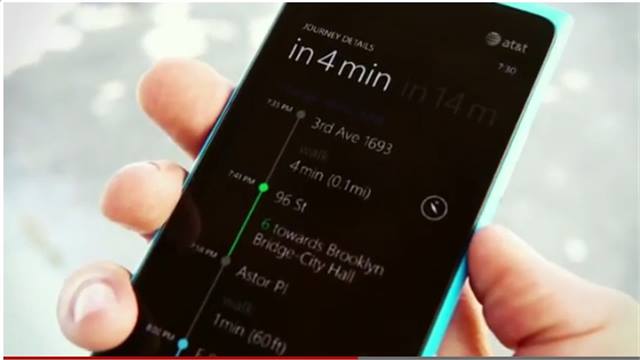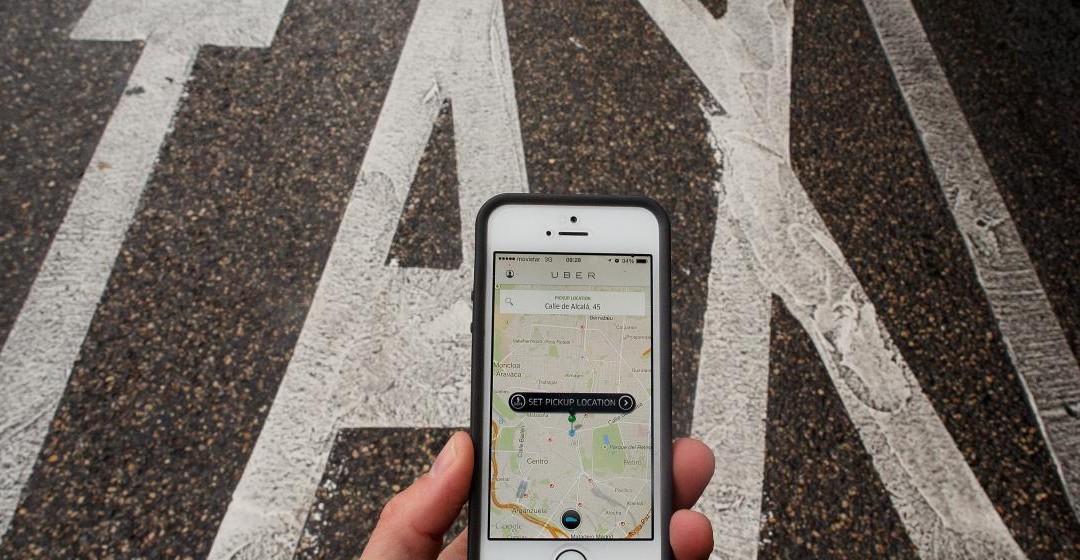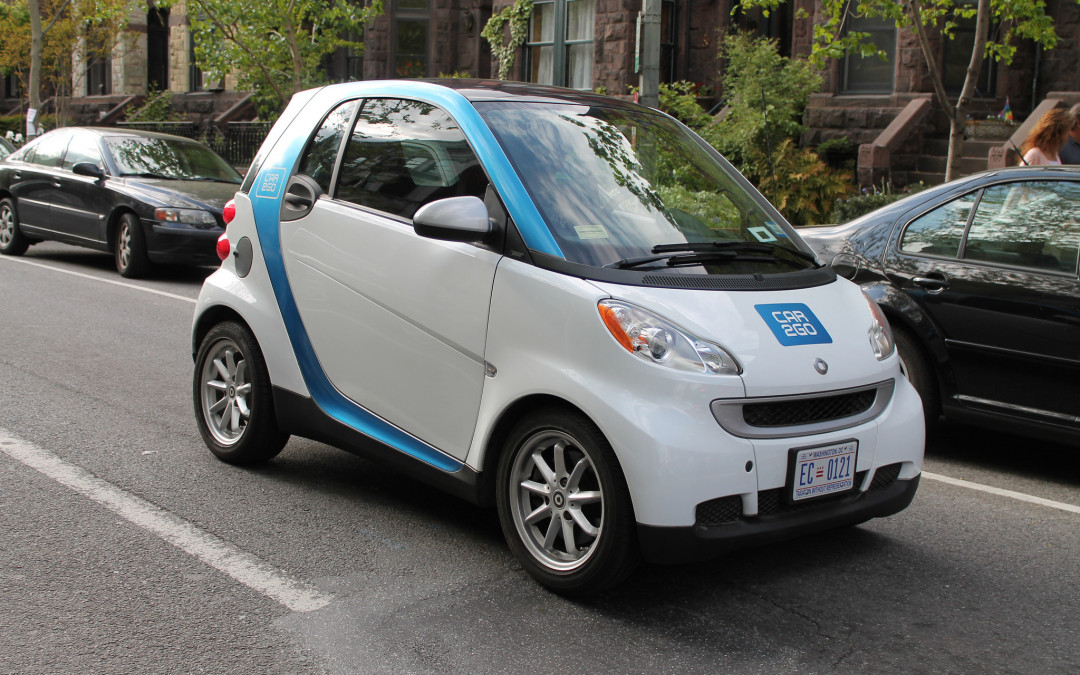by mattchristensen00 | Apr 8, 2015 |
By Laura Nelson A bright blue bus pulled to the curb in the busy Financial District, where two men in plaid shirts and backpacks were focused on their phones. Josh Pincus, 21, stepped aboard, greeted the driver and settled onto a padded bench at the rear, beneath a wall of distressed wood. An employee tended a small counter offering $7 juice and high-end coffee. The shuttle was roomy, cool, quiet and almost empty, with just five other, youngish passengers hunched over phones and laptops. “I don’t like feeling crowded,” Pincus said, as he scrolled through email using the free Wi-Fi. Out the windows, he could see standing passengers swaying and jostling on a passing city bus. “Muni just isn’t convenient, or very pleasant.” Pincus’ ride, operated by Leap, is one of several start-ups providing an alternative to San Francisco’s aging, crowded bus network. The company and its main competitor, Chariot, run short, peak-hour shuttle routes between the Financial District and the Marina, a pricey neighborhood popular with young entrepreneurs and investment bankers who complain of unreliable and infrequent Muni service. The start-ups, both less than a year old, have drawn comparisons to Google’s sleek buses, which sparked protests last year among activists who said the shuttles were exacerbating gentrification by connecting higher-income commuters to neighborhoods with otherwise poor transit service, driving up rents. Some fear Leap and Chariot could further stratify San Francisco commuting options between rich and poor — and reduce pressure to improve the public transportation network. To read the full article, click...

by mattchristensen00 | Apr 1, 2015 |
The so-called “sharing economy” is already big business. Mobile services let people use private cars as taxis, rent their cars to each other or share them among neighbors. As disruptive services continue to increase utilization of vehicles, Susan Kuchinskas looks at new business models for automakers after the era of single-driver cars. Let’s redefine some terms. I may let my daughter use my car; that’s sharing. When I charge a stranger for a ride, that’s business – a business that’s already worth billions to Uber alone. The great shift in patterns of car ownership and usage that’s begun isn’t about sharing. It’s more akin to the software-as-a-service model that’s taken over from the olden days when you bought a CD and loaded software on a PC. Now, we call this cloud services, and the cloud is poised to deliver mobility as a service, making access to vehicles more convenient while increasing utilization of individual cars. “The total addressable market in the U.S. alone is hundreds of billions of dollars, based on how much people spend on gas,” says Christian Fritz, area manager of the representation and planning (RAP) area at PARC, the innovation lab owned by Xerox. If the operating cost of a personal car would be supplanted by mobility as a service, he adds, “That’s a big pie that needs to be divvied up and fought over.” To read the full article, click here....

by mattchristensen00 | Mar 30, 2015 |
By Gregory Ferenstein In a few short years, ride-sharing companies have dominated their taxi competitors. In San Francisco alone, Uber reportedly earnsmore than three times the entire taxi market ($500 million vs. $140 million). And recently, Uber’s main competitor, Lyft, announced that it has raised a whopping $500 million, at a $2.5 billion valuation. Anyway you slice it, investors think that ride-sharing is going to be worth many times more than the entire cab industry. More importantly, new research from Uber’s data science team reveals why taxis may never be able to compete with their Silicon Valley rivals. The longer Uber exists in a city, the less patient consumers become. “In some cities, if users see the nearest Uber is more than even 2-3 minutes away, they are far less likely to request a car, while in other cities wait times as long as 10 minutes are perfectly acceptable,” the team wrote. In other words, Uber is making consumers impatient. In San Francisco, one study found that just 16 percent of taxis arrived in less than 10 minutes after being called, while 90 percent of ride-sharing cars did. (To be sure, the taxi industry is suffering huge losses in San Francisco.) This is a structural problem with taxis. Unions purposefully limit the numbers of cars on the road to keep drivers’ wages artificially inflated. To read the full article, click here....

by mattchristensen00 | Mar 20, 2015 |
By Kaja Whitehouse New York City’s taxi industry is gearing up to propose a cap on so-called black cars as the number of Uber cars outpaces yellow taxis for the first time. The proposed cap, which is still being drafted, seeks to halt the growth of livery cabs, also known as black cars, until city officials can study the impact they are having on traffic, parking and pollution, said Tweeps Phillips, executive director of Committee for Taxi Safety, an industry group. The planned cap comes on the heels of new data showing that the number of Uber cars in NYC has outpaced yellow taxis for the first time. There are 14,088 cars, including luxury SUVs, affiliated with Uber in the city’s five boroughs, compared with 13,587 yellow cabs, according to the The Taxi and Limousine Commission. “It’s remarkable that this one company is able to put vehicles on the road willy-nilly without anyone saying what this means for traffic conditions or parking or the environment,” Phillips said. “It’s like the city fell asleep.” “The facts clearly show that Uber is changing New York City’s transportation ecosystem for the better,” countered Matthew Wing, Uber’s head of communications for the Northeastern states. Wing pointed out Uber drivers’ focus on the outer-boroughs “where taxis don’t go,” as well as Uber Pool, which encourages car-pooling. To read the full article, click...

by mattchristensen00 | Mar 19, 2015 |
By Brigham Yen In recent years, the City of Los Angeles has made vast improvements to our transportation infrastructure. Still, when I’m inching along in heavy traffic, I think to myself that we cannot continue to spend our best days like this. Traffic wastes time, hurts our environment, and is taking a huge toll on our local economy: Congestion cost our region $23 billion in 2013, according to a report by the traffic information provider Inrix. Angelenos deserve to spend more of their time enjoying this vibrant, multi-faceted city, and desperately need easier access to booming parts of the city like Downtown L.A. We are ready and anxious for fresh transportation alternatives. The L.A. City Council has recognized this need, and it voted in November 2014 to launch a modest pilot program to establish one transportation alternative that’s growing in popularity: carsharing. To read the full article, click...




